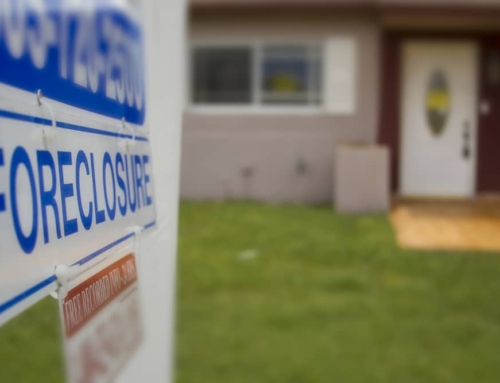Q: I enjoy reading your articles on condominium issues in our local newspaper every Sunday.
I have a couple of questions relating to the obligations of the developer and condominium owners before the association is turned over to the unit owners by the developer.
I am currently a board member of our condominium board as well as the treasurer. Construction of the building began about June 2002 and the building was almost finished by the end of 2003.
The County issued its certificate of occupancy for the building in November 2003. While the building wasn’t fully completed, a few owners closed on their purchases.
The new board of directors of the condominium association was elected In April 2004 and the developer turned over the building to the Association at that time. However, our budget sheet indicates that we started to pay all expenses related to the operation of our condominium in January 2004.
The association’s records indicate that we started paying on the building’s insurance starting in November 2003. Why should the association pay the insurance on the building during the period when we did not even own it? When does our obligation to start paying for the insurance begin?
Also, a decorative fountain for our front entrance (which was on the plans for the building, but was never installed) was scrapped because”the owner requested” this change. In this case, who was the owner at that point? Was the “owner” the Association or the developer?
A: Once a condominium building is substantially complete, the developer of this condominium building usually starts to run the building as an ongoing building that has maintenance and insurance expenses. The developer must obtain and purchase an insurance policy to cover the condominium association and the building. In some parts of the country, the developer buys and pays for the policy and is thereafter reimbursed by each owner as each one closes on his or her condominium unit. In other parts of the country, the association buys the policy up front with money paid for by the developer and the developer reimburses itself for this expense.
The real question you face is not whether the association should have paid for this expense. The real issue was whether the developer started paying assessments on the unsold units.
For an association to run a condominium building, the association must collect assessments to pay its bills. If the developer was paying bills with its own funds and did not pay assessments to the association, the end result is that the associate was financially in the same place and not on the short end of the stick.
If, however, the developer used association funds to pay association expenses but was not paying assessments on the unsold units, the association was at a financial disadvantage.
When the developer turned over the association to the unit owners, the developer should have delivered an accounting of all funds received by the developer and all expenses paid by the developer. You should be able to determine whether the developer paid its fair share of the expenses for the building.
If the developer paid expenses just like all other unit owners, you shouldn’t have a problem with the timing of the insurance payment. In effect, the developer, through its assessment payments, paid its fair share of the insurance costs. If you find out otherwise, you may have an action to recover funds that were not properly paid by the developer.
If you view it objectively, before the developer closed on the sale of the first unit the developer was paying for all expenses for the building — whether directly or through the association. The key to the puzzle is what happened after the developer sold and closed on the first condominium unit. If the developer collected monthly assessments from that unit and subsequent units, you must try to figure out how those funds were spent.
If you can’t figure out these money issues, there are accounting firms and law firms that specialize in condominium developments and in the turnover process from the developer to the condominium association.
Finally, with respect to the fountain issue, the “owner” is the developer. While the condominium association may have been in existence, the condominium development was still under the developer’s control and all plans and construction issues. The developer likely decided not to install the fountain.
Frequently, developers change plans, but they usually don’t remove promised amenities without giving something else to the association in return. If the development got the short end of the stick from the developer, the owners or the association may have a legal action against the developer, unless the city in which you live required its removal.
When considering your legal options, keep in mind that any legal action against the developer can be extremely expensive and may not be worth the time or effort. To find out more, you may wish to consult with an attorney that specializes in condominium law and condominium turnovers.
Published: Jun 17, 2004






Leave A Comment